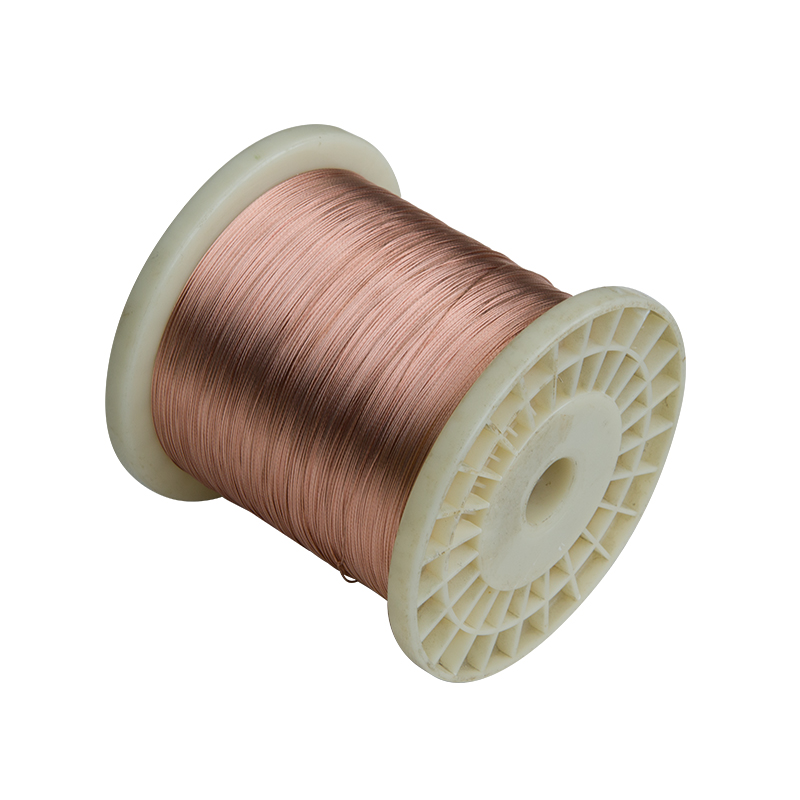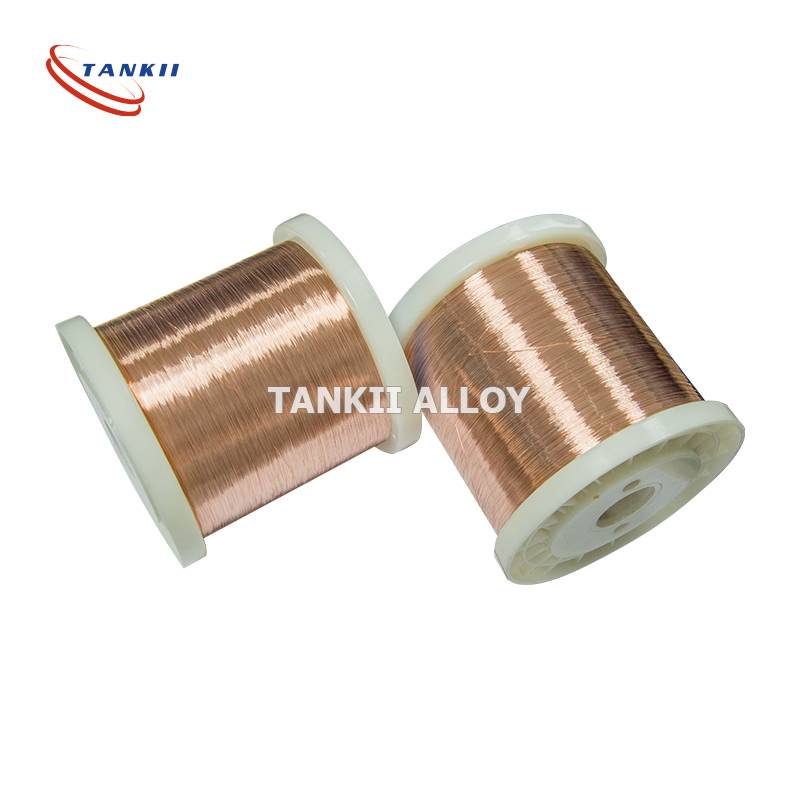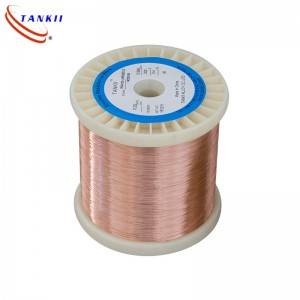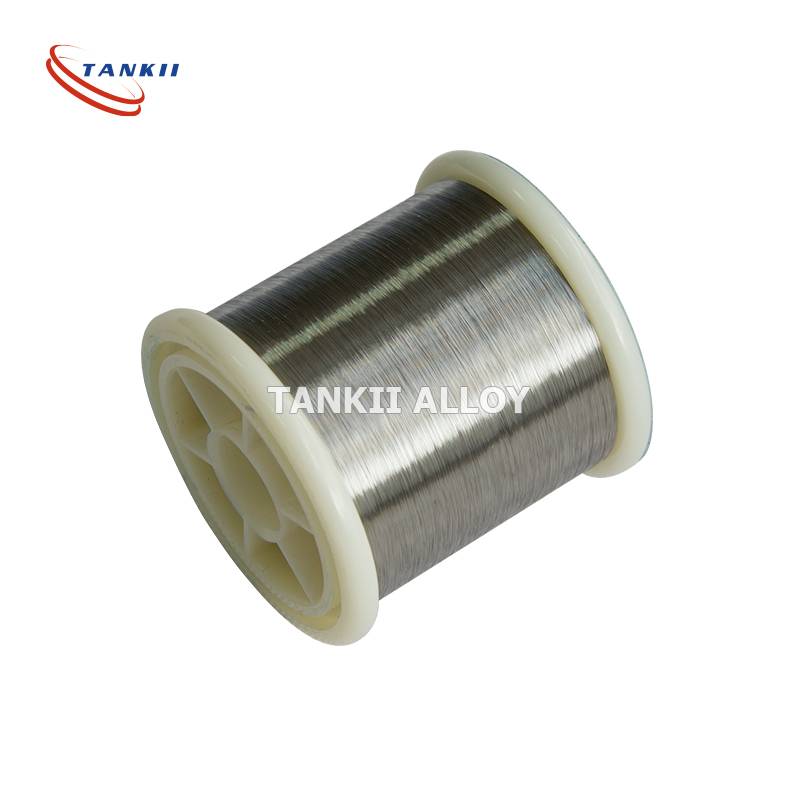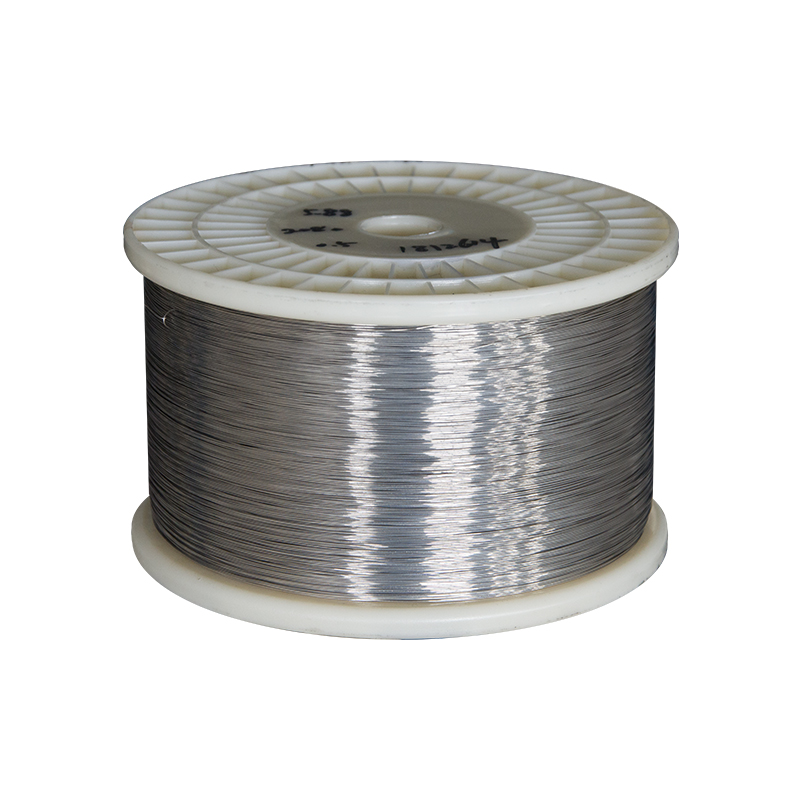Beryllium Copper Wire Aging Process C17200 Cube2 0.5mm-6mm for Spring
Beryllium-Copper-alloys are mainly based on copper with a beryllium addition. High strength beryllium copper alloys contain 0.4-2% of beryllium with about 0.3 to 2.7% of other alloying elements such as nickel, cobalt, iron or Lead. The high mechanical strength is achieved by precipitation hardening or age hardening.
It is the best high-elastic material in copper alloy. It has high strength, elasticity, hardness, fatigue strength, low elastic hysteresis, corrosion resistance, wear resistance, cold resistance, high conductivity, no magnetism, no impact, no sparks, etc. A range of excellent physical, chemical and mechanical properties.
Heat treatment
Heat treatment is the most important process for this alloy system. While all copper alloys are hardenable by cold working, beryllium copper is unique in being hardenable by a simple low temperature thermal treatment. It involves two basic steps. The first is called solution annealing and the second, precipitation or age hardening.
Solution Annealing
For the typical alloy CuBe1.9 (1.8- 2%) the alloy is heated between 720°C and 860°C. At this point the contained beryllium is essentially “dissolved” in the copper matrix (alpha phase). By rapidly quenching to room temperature this solid solution structure is retained. The material at this stage is very soft and ductile and can be readily cold worked by drawing, forming rolling, or cold heading. The solution annealing operation is part of the process at the mill and is not typically used by the customer. Temperature, time at temperature, quench rate, grain size, and hardness are all very critical parameters and are tightly controlled by tankii
shanghai tankii alloy Material Co.,Ltd’s CuBe Alloy combine a range of properties particularly suited to meet the exacting requirements of many applications in the automotive, electronic, aeronautical, Oil&Gas, watch, electro-chemical industries, etc. Beryllium Copper is widely used in those fields as contact springs in various applications like connectors, switches, relays, etc





